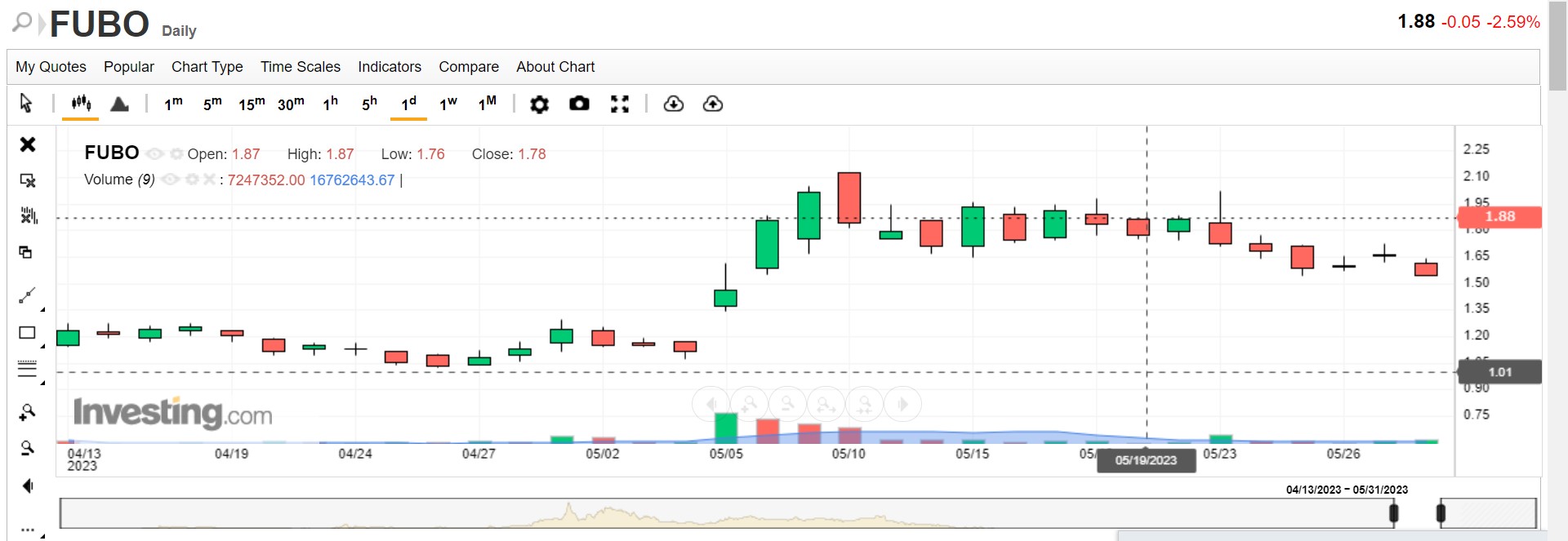Understanding Price Action Guide
Price action is a fundamental concept in financial markets that refers to the movement of an asset’s price over time. It is a crucial aspect of technical analysis, which aims to predict future price movements based on historical data. By analyzing price action, traders and investors can gain valuable insights into market trends, identify potential entry and exit points, and make informed trading decisions. In this blog post, we will take a look deep into the world of price action, exploring its significance, key principles, and popular strategies involving price action.
I. What is Price Action?
Price action encompasses all the information available in a market through the study of price movement alone. It disregards external factors such as news events or economic indicators and focuses solely on the behavior of buyers and sellers. By examining patterns, trends, and formations on price charts, traders attempt to uncover hidden clues about future price movements.
II. The Importance of Price Action
Understanding price action is essential for several reasons. Firstly, it provides traders with a clear picture of market sentiment and helps them gauge the balance between supply and demand. Secondly, it allows for the identification of support and resistance levels, which are crucial in determining potential entry and exit points. Lastly, price action analysis helps traders avoid relying solely on lagging indicators by providing real-time insights into market dynamics.
III. Key Principles of Price Action
1. Support and Resistance Levels:
Support levels are areas where buying pressure exceeds selling pressure, causing prices to bounce back up. Resistance levels, on the other hand, represent areas where selling pressure exceeds buying pressure, leading to price reversals. Identifying these levels is crucial for determining potential entry and exit points.
2. Trend Analysis:
Trends play a vital role in price action analysis. Traders often look for higher highs and higher lows in an uptrend or lower highs and lower lows in a downtrend. Recognizing the prevailing trend helps traders align their strategies with the market direction.
3. Candlestick Patterns:
Candlestick patterns provide very valuable insights into market sentiment. Patterns such as doji, hammer, engulfing, and shooting star can indicate potential reversals or continuation of trends. Understanding these patterns can enhance traders’ ability to make accurate predictions.
4. Price Patterns:
Price patterns, such as head and shoulders, double tops, and triangles, offer valuable information about potential price movements. These patterns are formed by the interaction between buyers and sellers and can signal trend reversals or continuations.
Popular Price Action Strategies
1. Breakout Trading:
Breakout trading involves identifying key support or resistance levels and entering trades when prices break through these levels. Traders aim to capitalize on the momentum generated by the breakout, often using additional indicators to confirm the validity of the move.
2. Trend Following:
Trend following strategies involve identifying established trends and entering trades in the direction of the trend. Traders may use moving averages or trendlines to confirm the presence of a trend before entering a trade.
3. Reversal Trading:
Reversal trading strategies focus on identifying potential trend reversals based on price action signals. Traders look for signs of exhaustion in the prevailing trend, such as overextended moves or divergences between price and indicators, to enter trades in the opposite direction.
V. Risk Management in Price Action Trading
Effective risk management is absolut crucial when trading based on price action analysis. Traders should determine their risk tolerance, set appropriate stop-loss orders, and manage position sizes accordingly. By implementing proper risk management techniques, traders can protect their capital and minimize potential losses.
Price action analysis is a very powerful tool that can provide traders with valuable insights into market dynamics. Understanding the principles of price action and employing effective strategies, traders can enhance their decision-making process and improve their trading results. However, it is important to note that price action analysis should be used in conjunction with other forms of analysis and risk management techniques to maximize its effectiveness.
Ole Borgesen / PyjamasTraders




